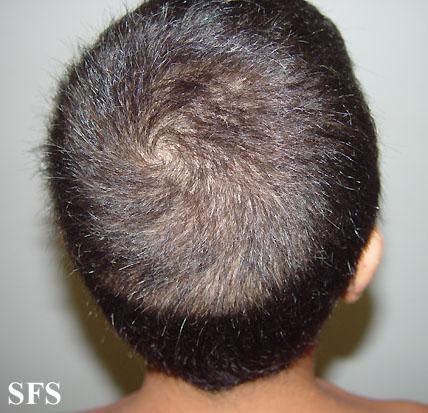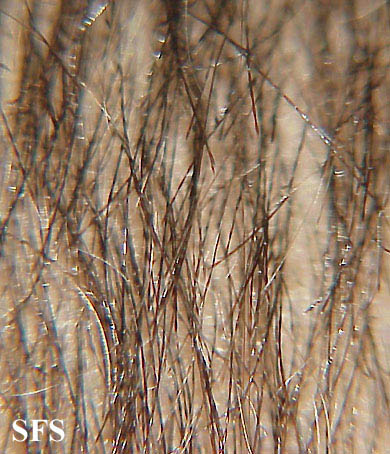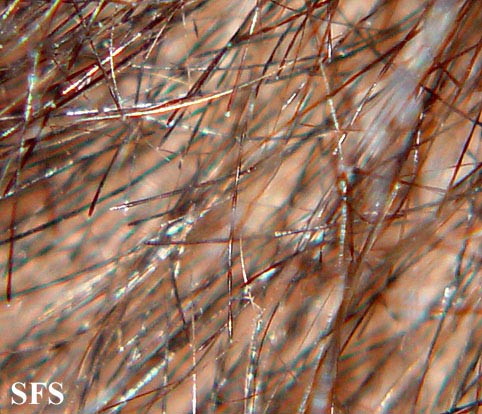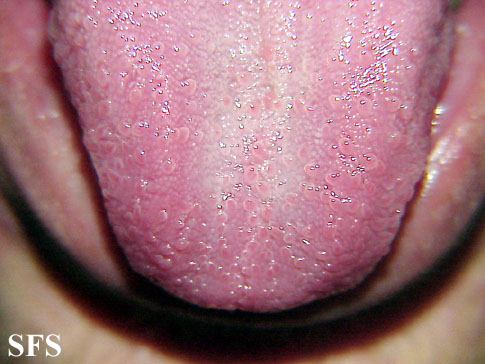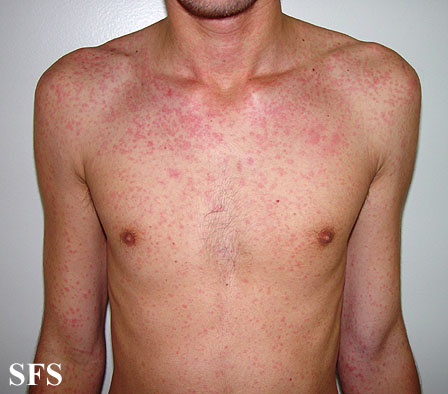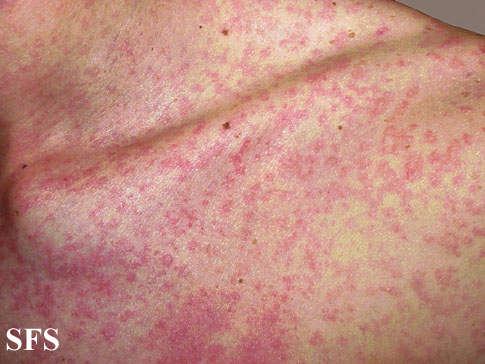Monilethrix
|
WikiDoc Resources for Monilethrix |
|
Articles |
|---|
|
Most recent articles on Monilethrix Most cited articles on Monilethrix |
|
Media |
|
Powerpoint slides on Monilethrix |
|
Evidence Based Medicine |
|
Clinical Trials |
|
Ongoing Trials on Monilethrix at Clinical Trials.gov Clinical Trials on Monilethrix at Google
|
|
Guidelines / Policies / Govt |
|
US National Guidelines Clearinghouse on Monilethrix
|
|
Books |
|
News |
|
Commentary |
|
Definitions |
|
Patient Resources / Community |
|
Patient resources on Monilethrix Discussion groups on Monilethrix Patient Handouts on Monilethrix Directions to Hospitals Treating Monilethrix Risk calculators and risk factors for Monilethrix
|
|
Healthcare Provider Resources |
|
Causes & Risk Factors for Monilethrix |
|
Continuing Medical Education (CME) |
|
International |
|
|
|
Business |
|
Experimental / Informatics |
Editor-In-Chief: C. Michael Gibson, M.S., M.D. [1]; Associate Editor(s)-in-Chief: Jesus Rosario Hernandez, M.D. [2].
Overview
Monilethrix is an autosomal dominant hair disease that results in short, fragile, broken hair that appears beaded. It comes from the Latin word for necklace (monile) and the Greek word for hair (thrix).
Presentation
The presentation may be of alopecia. Individuals vary in severity of symptoms. Nail deformities may also be present as well as hair follicle keratosis and follicular hyperkeratosis.
Causes
The genes KRTHB1 (KRT81), KRTHB3 (KRT83), or KRTHB6 (KRT86) that are mutated in this condition code for type II hair cortex keratins.[1]
Physical examination
Gallery
Head
Trunk
References
- ↑ Schweizer J (2006). "More than one gene involved in monilethrix: intracellular but also extracellular players". J. Invest. Dermatol. 126 (6): 1216–9. doi:10.1038/sj.jid.5700266. PMID 16702971.
